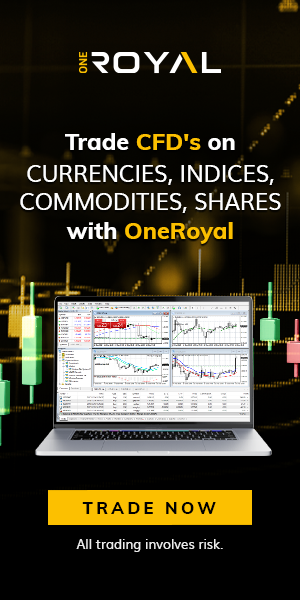Cover On A Bounce sounds like one of those strange forex terms that confuse many new traders.
Is it about bouncing back? Is it a trick big traders use? Or does it have something to do with covering your losses fast?
If you’ve ever stared at your chart and felt lost when prices move quickly up or down, this may be the term you’ve been missing.
Many traders hear this phrase and have no clue what it really means and that’s okay.
But if you trade Forex or plan to, you need to understand what “Cover On A Bounce” truly means, especially if you don’t want to make costly mistakes.
In This Post
What Does “Cover On A Bounce” Mean in Forex?
In Forex, “Cover On A Bounce” means closing your short trade (your sell position) when the price bounces back up after falling.
Let’s explain that in a very easy way:
Let’s say you sold the EUR/USD pair because you believed the price would go down. Good move, right?
But suddenly, the price starts to fall… and then, boom! It bounces back up! This bounce means the price is rising again.
At that moment, many traders choose to cover, which simply means they close their sell trade to take profits before the price rises too high again.
In short:
- Cover = Close your sell trade
- Bounce = A small rise in price after it went down
- Cover On A Bounce = Close your sell trade when the price starts going up again
Why Do Forex Traders Cover On A Bounce?
Forex prices move up and down very fast. When you sell a currency pair and the price drops, you make money. But that drop won’t last forever.
Soon, other traders might start buying that same currency, and the price starts rising again, that’s the bounce.
Now, if you wait too long, you could lose the profit you already made. Smart traders cover on the bounce to collect profit early and avoid a loss.
It’s like grabbing your money and running before the market changes its mind.
A Simple Example of Cover On A Bounce
Let’s say you’re trading GBP/USD.
- You sell at 1.3000 (this means you expect it to go down).
- The price drops to 1.2950. Nice! You’re in profit.
- Then, the price starts rising to 1.2965. Uh-oh, it’s bouncing back!
Now, many traders decide to cover on that bounce, they close their trade at 1.2965 and take their profit before it climbs higher.
If they wait too long, the price may rise above 1.3000 again and turn that profit into a loss.
When Should You Cover On A Bounce?
You don’t cover every time the price moves up. But when you see signs that the market is about to change direction, especially after a strong downward move, that’s your clue.
Some signs include:
- A strong bullish candle (green one going up)
- Support levels (price hitting a zone where buyers step in)
- News or events that can reverse the price
If you see the market reacting strongly, don’t wait too long. Cover your short trade and keep your profit safe.
Conclusion
Cover On A Bounce is not just a fancy phrase. It’s a smart move that can protect your profit and reduce your risk.
Forex is all about timing. If you know when to enter and when to exit, you become a better trader.
So next time you sell a pair and see the price bouncing up, ask yourself, should I cover on this bounce?
That one question can save your money or make you more of it.



